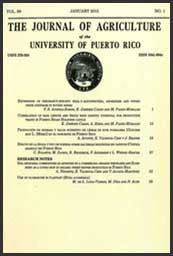Abstract
Triticale (x Triticosecale spp.) silage initially inoculated or not with homolactic bacteria (HBI) was stored in 3 L capacity PVC mini-silos for 120 d. After opening four mini-silos per treatment, silages were mixed and exposed to air (AE) for 5 h. Then half of the non-inoculated silage and half of the inoculated silage were re-treated with a water soluble HBI or water, thus resulting in four combinations of experimental treatments (initial ensiling/re-ensiling): 1) noninoculated/ non-inoculated (N/N); 2) non-inoculated/HBI (N/HBI); 3) HBI/noninoculated (HBI/N); 4) inoculated/inoculated (HBI/HBI). Silages were re-ensiled for 120 d at a temperature of 20 to 23° C using four vacuum sealed, 0.946 L capacity glass mini-silos per treatment. Upon opening the mini-silos, silages were sampled and analyzed for nutritional and fermentation characteristics and aerobic stability (AS). Inoculation at the initial ensiling (treatments HBI/N and HBI/HBI) was key in preserving the protein fraction and improving fiber digestibility, while decreasing the pH and contents of fiber fractions, NH3-N and ethanol. The resulting silages were all aerobically stable and there were no differences among treatments. The benefits of inoculating at the initial ensiling carried through re-ensiling. Inoculation at re-ensiling was neither beneficial nor detrimental to any of the characteristics evaluated.Downloads
Download data is not yet available.

